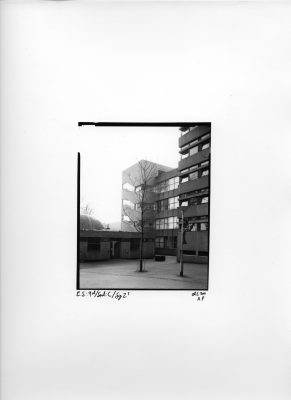Over the past fifteen years, Sianne Ngai has created a taxonomy of the aesthetic features of contemporary capitalism: the emotions it provokes, the judgements it elicits, and the technologies with which it simultaneously saves and takes up more of our time. Her first book, Ugly Feelings (Harvard University Press, 2005), was a pioneering work in what has come to be known as affect theory, or the analysis of the role of emotions and feeling in art, politics, and the constitution of the self. It anatomised a range of ‘unprestigious’ emotions like envy and irritation, sensing within them, as well as within the works of art which express these feelings, the muffled sounds of political resistance. Her second, Our Aesthetic Categories: Cute, Zany, Interesting (Harvard University Press, 2012) showed the way in which everyday aesthetic judgements – that dress looks cute! that exhibition was… interesting – are also judgements about the way capitalism has changed, at least in the Global North, since the 1970s: a transformation wherein workers are compelled into precarious shift work relying on emotional labour, while the circulation of information has replaced off-shore industrial manufacturing.
Her most recent book, Theory of the Gimmick: Aesthetic Judgement and Capitalist Form (Harvard University Press, 2020), once again turns its attention to the kinds of offhand comments we make about works of art. Who hasn’t called a novel or an art installation a bit gimmicky, when they feel it’s too obvious or try-hard? But who has realised that the same dismissal of, say, TikTok’s lip sync feature as just another technological gimmick is registering an uncertainty about the amount of effort, and therefore time, that should go into creating works of art and technology alike? What exactly is the right amount of work that should go into a painting, a novel, or a play? Figuring out why we instinctively ask these questions, Ngai suggests, is key to unlocking and revitalising the Marxist critique of labour for our contemporary iteration of capitalism.
I first met Sianne Ngai in 2014 at a summer school in Cornell University known as ‘theory camp’: each year, graduate students from all around the world come to study with thinkers such as Judith Butler or Fredric Jameson. Ngai wasn’t like what I had come to expect of the slickly networking American academic. She was far more likely to ask you for a light for a cigarette before class than to offer you a business card listing a Twitter handle. She turned out to have the most infectious love of thinking I had ever encountered: this was someone who could make you as fascinated with the colour of clay animation as with the finest points of Marx’s Das Kapital; with the costumes in the musical Gypsy as much as with the unexpected jokes in the writings of the analytic philosopher W. V. O. Quine.
Ngai and I had planned to meet in Berlin, where she had recently spent a fellowship, to talk about gimmicks by the Spree. Instead, ours was one of the many minor plans scuppered by the Covid-19 pandemic. So we conducted the interview in June and July over email between London and Chicago, where she currently lives and teaches at the University of Chicago. The slower pace of an email exchange ended up having its own advantages, as our discussion widened to take in her entire body of work, with the interview ultimately offering an introductory primer to Ngai’s distinct approach to aesthetic theory, Marxist theories of labour and value – and how not to make ‘fetch’ happen.




